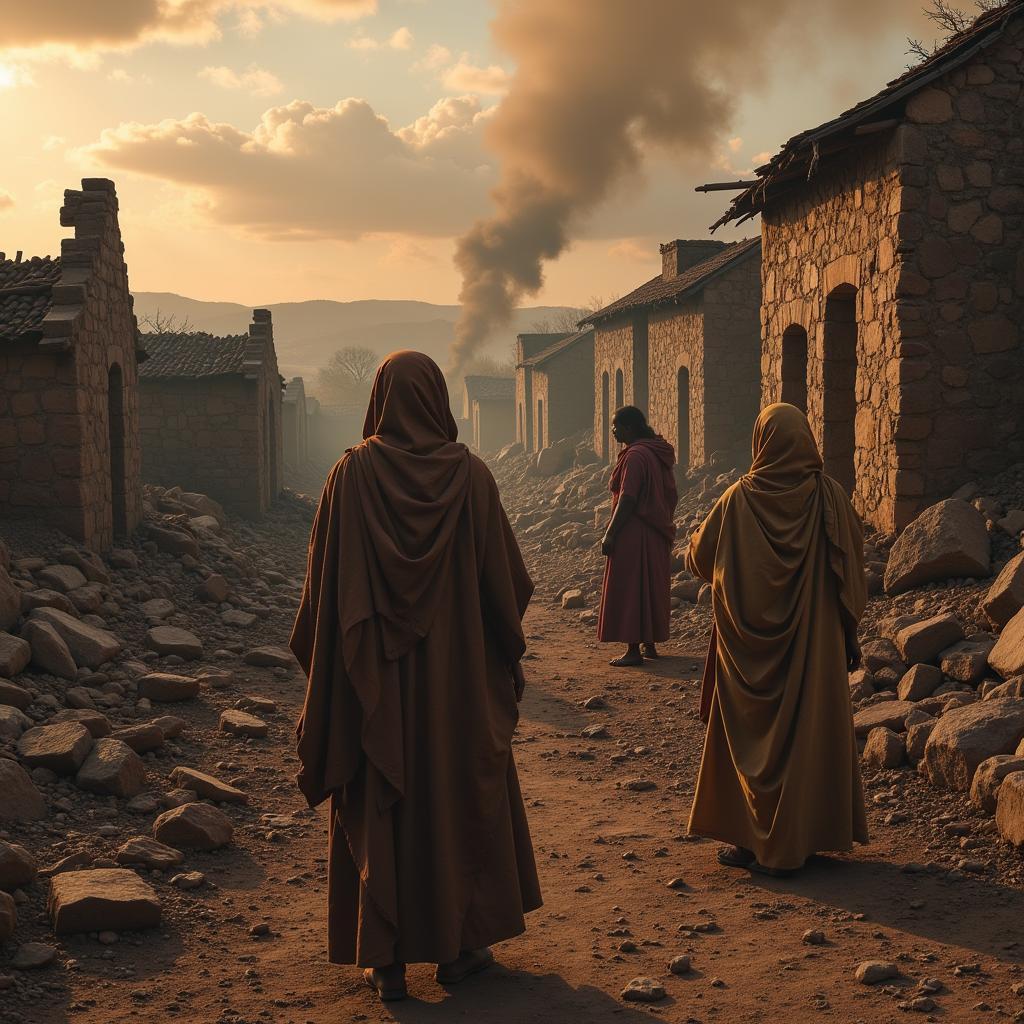The African American Slave Trade: A Legacy of Inhumanity
The African American Slave Trade, a period spanning over four centuries, remains one of the darkest chapters in human history. This barbaric system saw millions of Africans forcibly transported across the Atlantic to work in brutal conditions, shaping the social, economic, and political landscape of the Americas forever.
The Origins and Evolution of the Transatlantic Slave Trade
The transatlantic slave trade began in the 15th century with Portuguese expeditions along the West African coast. Initially driven by the demand for labor on sugar plantations in Sao Tome and Principe, the trade soon expanded to encompass the entire Atlantic world. European powers, including Spain, England, France, the Netherlands, and Denmark, established colonial outposts in the Americas and fueled the insatiable demand for enslaved Africans.
The Triangular Trade Route
The transatlantic slave trade operated on a triangular trade route connecting Europe, Africa, and the Americas. European ships would leave their ports laden with manufactured goods, which were traded for enslaved Africans. These captives were then transported across the Atlantic under horrific conditions, a journey now known as the Middle Passage. Upon reaching the Americas, the survivors were sold as slaves to work on plantations cultivating cash crops like sugar, tobacco, cotton, and coffee. The profits from these enterprises were then used to purchase more manufactured goods in Europe, perpetuating the cycle of exploitation and human misery.
The Impact on Africa
The impact of the slave trade on Africa was devastating and far-reaching. It is estimated that between 12 to 20 million Africans were forcibly removed from their homeland, resulting in significant demographic shifts and the decimation of entire communities.
 African villages were often raided by slave traders, leaving behind a trail of destruction and despair.
African villages were often raided by slave traders, leaving behind a trail of destruction and despair.
Beyond the immediate loss of life, the slave trade had a corrosive effect on African societies. It fostered internal conflicts as rival kingdoms waged war to capture and sell captives to European traders. This fueled a climate of fear and instability, hindering economic development and social progress for centuries.
The Experience of Enslaved Africans
The Middle Passage remains a chilling testament to the brutality of the transatlantic slave trade. african american slave trade facts highlight the horrific conditions endured by enslaved Africans during their transatlantic voyage. Crammed into the dark, suffocating holds of slave ships, they were subjected to unimaginable cruelty.
 Enslaved Africans endured unimaginable suffering during the Middle Passage, a journey marked by disease, starvation, and death.
Enslaved Africans endured unimaginable suffering during the Middle Passage, a journey marked by disease, starvation, and death.
Many perished from disease, starvation, or suicide, their bodies tossed overboard with callous indifference. Those who survived the journey faced a life of forced labor, their humanity stripped away by the institution of slavery.
The Abolition Movement and the Legacy of Slavery
In the late 18th century, a growing abolitionist movement emerged, fueled by moral outrage and Enlightenment ideals. Abolitionists condemned slavery as a crime against humanity, advocating for its immediate and unconditional end. Through persistent activism, they exposed the horrors of the slave trade, shifting public opinion and paving the way for its eventual abolition.
While the transatlantic slave trade officially ended in the 19th century, its legacy continues to shape the world today. The descendants of enslaved Africans still grapple with the social, economic, and psychological scars of slavery.
The Importance of Remembering
The African American slave trade serves as a stark reminder of the capacity for human cruelty and the enduring legacy of racial injustice. It is a history that demands to be remembered, studied, and understood to prevent such atrocities from ever happening again.
